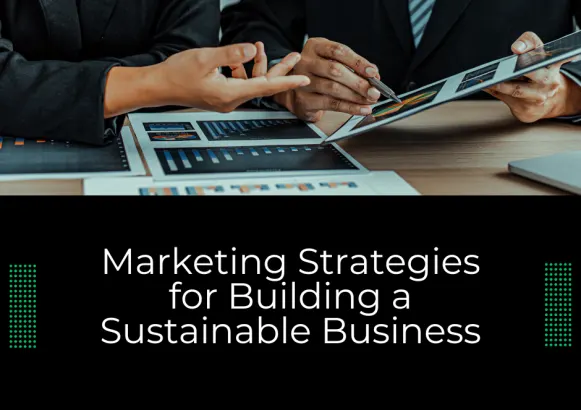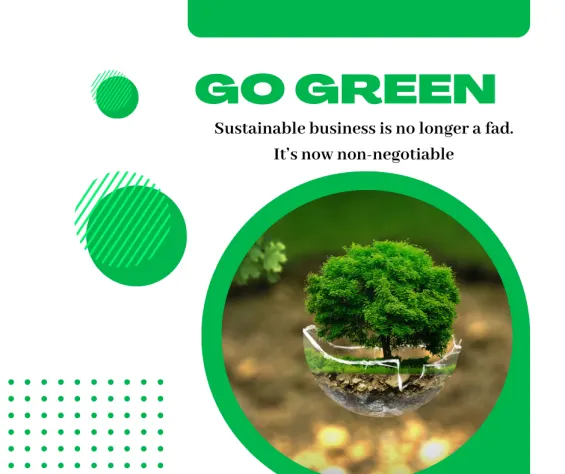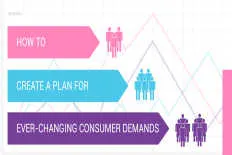This topic will be discussed with the following structure.
- What is a Sustainable Business?
- What are the benefits to being a sustainable business?
- How can brands effectively incorporate Marketing Strategies to build a Sustainable Business?
- 10 Easy steps to incorporate sustainability into a digital marketing strategy?
- Conclusion
It’s time for change folks! Consumers are increasingly considering sustainable practices in their purchasing decisions. The bar is raised higher with regulations and mandates set to redefine corporate responsibility. Challenges such as climate change, biodiversity loss, desertification, supply chain disruptions, and forced migration are interwoven into the fabric of sustainability.
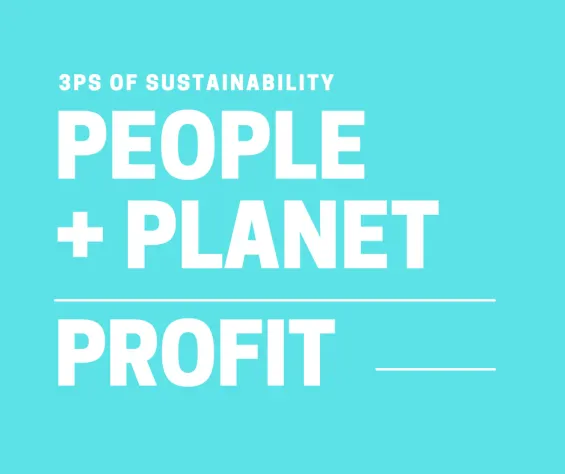
In view of that, here is a detailed practical step-by-step guide which explains sustainable practices and how to integrate it into your digital marketing strategy. This addresses common questions and challenges while providing actionable tips.
What is a Sustainable Business?
A sustainable business focuses on people, the planet and profits, in an ethical manner. Even if you don’t sell eco-friendly products, there are ways to become a sustainable business. Sustainability can be leveraged at the product, business model, and strategic levels.
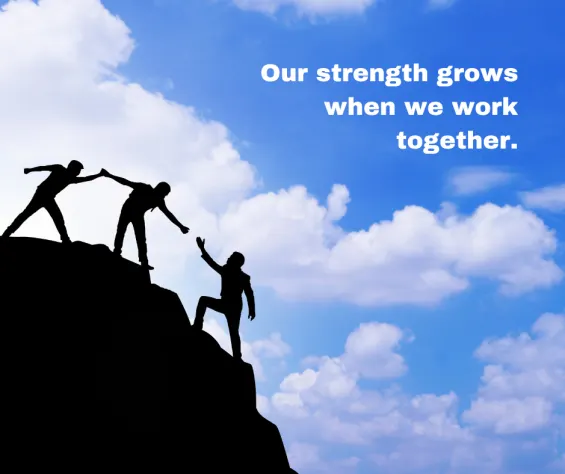
It is possible to start off small and incorporate your sustainability practices in your digital marketing strategy.
What are the benefits to being a sustainable business?
- Lower staff turnover
- Increased profits
- Competitive advantage
- Regulatory compliance
- Cost Savings
- Reduced waste
- Innovation
- Increased Brand reputations
- Tax savings
- Operational efficiency
How can brands effectively incorporate Marketing Strategies to build a Sustainable Business?
10 Easy steps to incorporate sustainability into a digital marketing strategy?
Step 1: Share how your brand is engaging with employees through workshops, company retreats or team building exercises or educating employees on sustainability. Encourage employees to provide input on how to become more sustainable like reducing water and electricity consumption. Then encourage employees to engage with your brand online and share your content.
Step 2: Use a Sustainable Marketing Calendar with important dates, like World Food Day, International Animal Rights Day and Recycle Awareness week. Use these dates to raise awareness/ funds, share information/ facts, host or participate in an event, set up a community challenge or contribute to causes. Your business will score massive bonus points if you share your efforts online.
Step 3: Speak to suppliers about the sustainable sourcing of eco-friendly packaging, labelling and other products. Evaluate your supply chain management. The less transport is used to get the product from point A to point B the better. Communicate your struggles and triumphs online.
Step 4: Participate in community-focused programs. Share any charitable events attended or hosted. Give back to the community through volunteer work, sponsorships, scholarships or product/ service donations to those in need. These are not just top PR practices, but boosts your brand’s sustainability ranking sky high!
Step 5: Put any ideas to reduce, re-use, recycle and repair into action. Nothing happens overnight, and your journey can be well documented on your social media pages.
Step 6: Whatever you share on online, for the love of money, please make it sustainable? Your digital marketing strategy should incorporate what sustainable marketing practices will be used. These include:
- What channels will be used. Platforms committed to sustainability like Google, Facebook and LinkedIn.
- How information will be used, stored and protected. AI is a great tool to generate content, but it is a vastly unregulated industry. There are no laws in place on how AI developers may use, store or protect Intellectual Property owned by you. Use AI to enhance content, rather than to create it, otherwise you may be liable for plagiarism lawsuits, or vulnerable to cyberattacks.
- What content will be used, e.g. video or blog posts. Equally important is that your content is reduced to smaller sizes to avoid loading times which reduces your digital footprint. The same can be done on your website. Format all images to webp. files so that they are optimized for SEO and sustainability. There are many other sustainable marketing practices, which you could hire a professional Sustainable Marketing Agency for.
Step 7: Sustainable businesses are transparent with their accounting practices. It involves gathering, assessing, and disclosing non-financial data about a company’s effects on the environment, society, and economy. These procedures concentrate on evaluating an organization’s long-term viability and value which they incorporated into their social and environmental decision making.
Sharing case studies or internal evaluations about your findings.
Step 8: Partnering with environmental, social, and governance (ESG) organizations is a great step to becoming a sustainable business. Following the same regulations as these companies will make it easier to transform your brand into a sustainable business.
Step 9: Develop a strategy for your business to become more sustainable and set measurable goals. Whether you implement energy efficient resources like solar, or recycle water usage from your manufacturing plant, any small step can be used as content in your digital marketing strategy.
Step 10: Everyone loves a Rags-to-Riches story. Take Pantagonia for instance. This company guarantees that 78% of their materials are recycled, 100% of their cotton is grown organically and 100% of their down is ethical and certified. They have also laid out plans to become carbon neutral across the entire business (including the supply chain) by 2025.
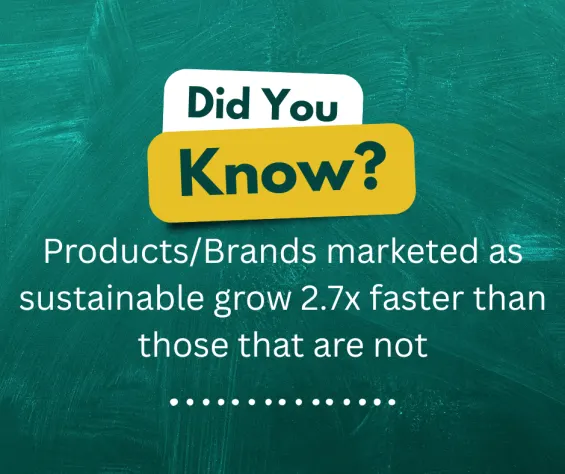
Sustainability have turned them from a small brand into a billion-dollar company. Your brand’s sustainability journey can tap into a multi-billion-dollar industry.
What trends should brands be aware of regarding sustainability in the coming years?
Brands should be aware of emerging trends such as the increasing use of technology to promote sustainability, the growing influence of social media in shaping consumer perceptions, and shifting regulatory landscapes that demand more accountability and transparency from brands regarding their sustainability practices. There are also mandatory transition plans that will be game-changers for corporate climate reporting and accountability.
The next-generation leaders is further accelerating the sustainable business evolution, aligning investments with family values and long-term global impact.
The sustainability market is growing year-on-year due to key players investing in everything from green technology to businesses. They are integrating their green technology solutions with emerging technologies, such as generative artificial intelligence (AI), advanced analytics, the Internet of Things (IoT), blockchain, cloud, cybersecurity, big data, and others.
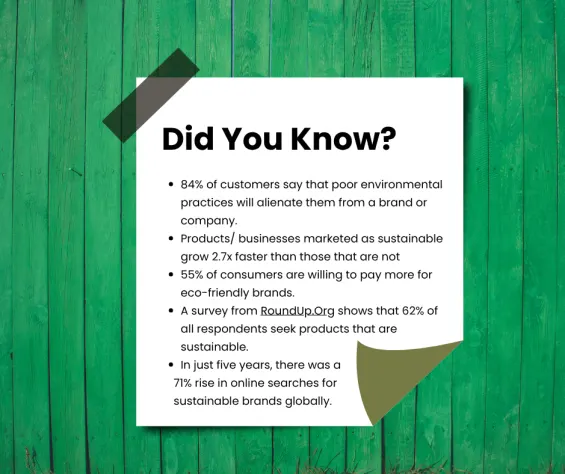
(Source: https://www.fortunebusinessinsights.com/green-technology-and-sustainability-market-102221)
Conclusion
As consumers become more conscious about the environment, sustainability is now a non-negotiable in the marketing game. If you think you can just slap a “green” sticker on your product and call it a day, think again. Sustainability isn't just a trend—it's a movement that can make or break your brand.
In fact, products or brands that are marketed as sustainable grow 2.7 times faster than those who are not.
More and more countries are setting in place regulations and laws with regards to sustainability practices in government and corporations. Human rights and environmental impact transparency are at the forefront of these laws and regulations. Not being a sustainable business may lead to severe penalties, lawsuits and rejection by customers.
Read Next
The following articles are related to marketing strategies for building a sustainable business.

